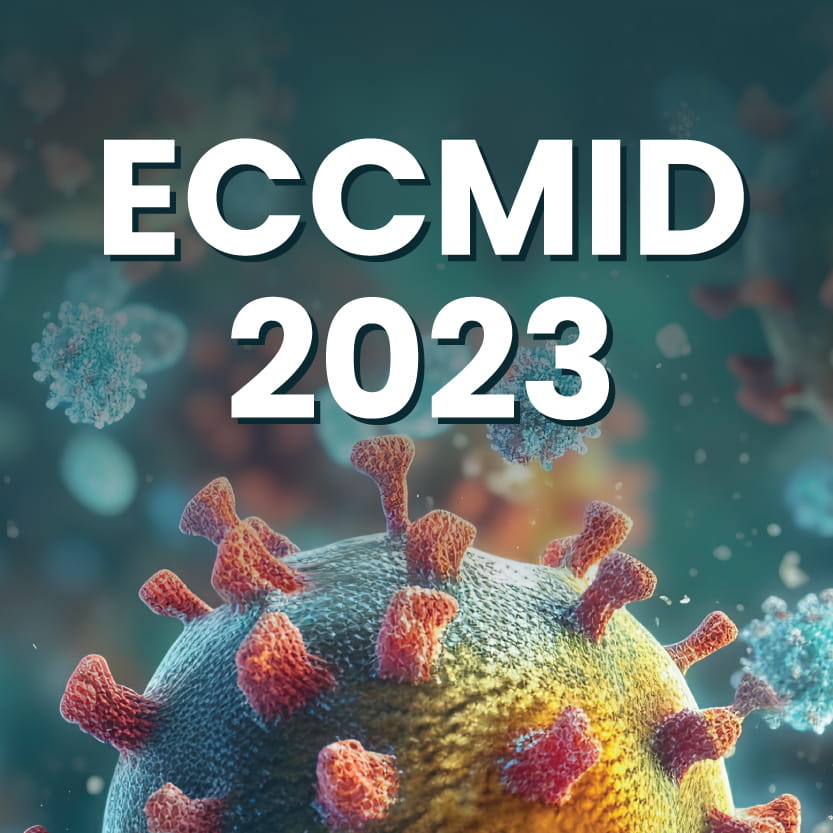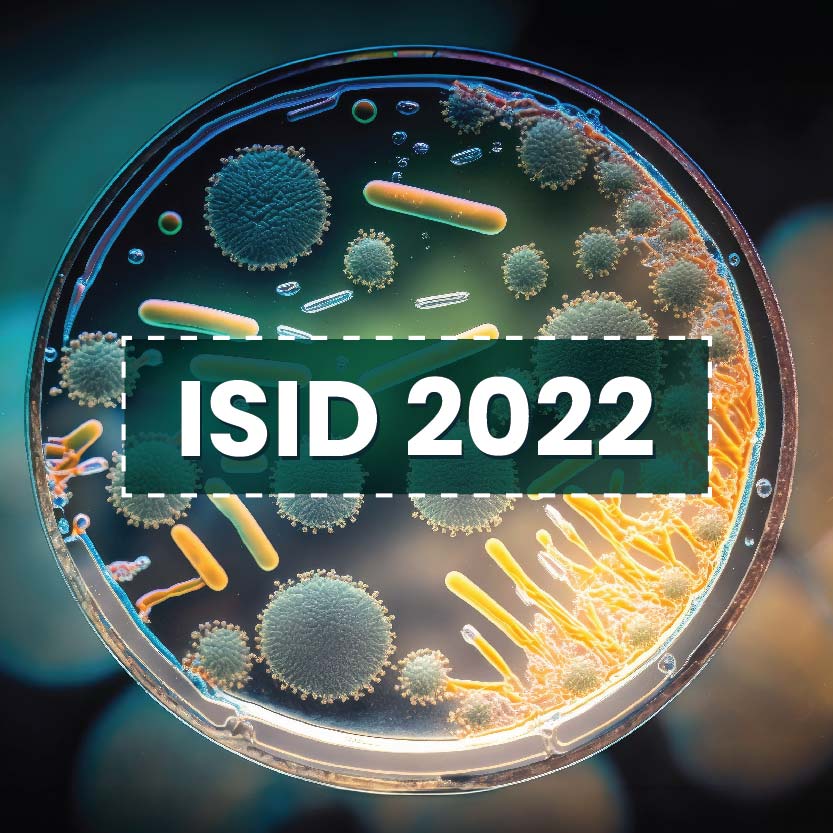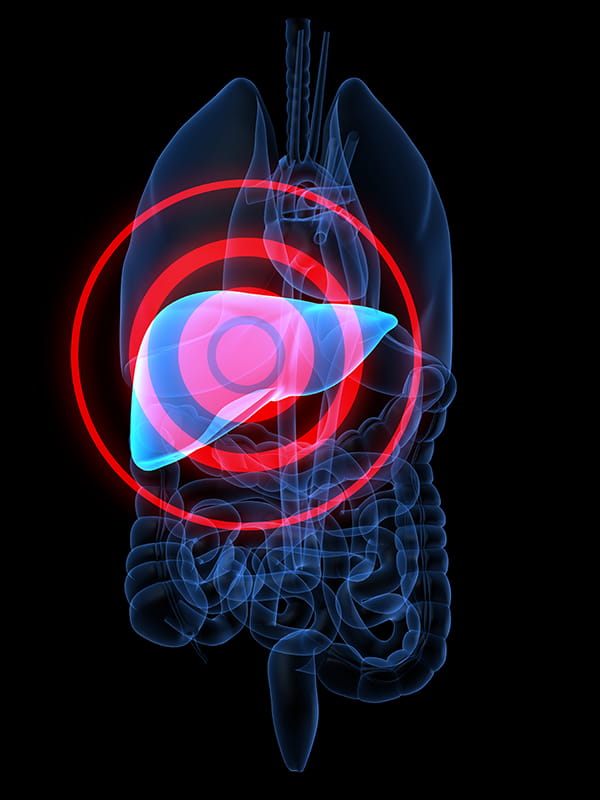ECCMID 2023: Hot Topics in Hepatitis B and D Infections
Therapeutic landscape for HBV and HDV – Maria Buti
Hepatitis B is a global health issue with >250 million people living with HBV infection and is a major cause of death. Only 9% of HBV-infected patients are aware of their status and only 8% of those in need of treatment have access to treatment. Hepatitis B is the main cause of liver cancer. Currently, drugs approved for the treatment are- PEG-IFNɑ, Tenofovir disoproxil Fumarate (TDF), Tenofovir alafenamide (TAF) and entecavir. Majority of patients receive nucleoside analogues (NA) as they are oral drugs, have good safety profile, suppress viral replication, decrease hepatic inflammation and fibrosis, prevent complications of cirrhosis, reduce risk of HCC but not completely abolish the risk. The main issue with these drugs is that majority of patients even after long-term treatment of more than 10-15 years still remain HBsAg positive. HBsAg clearance is important as it reduces mortality risk and HCC in patients treated with oral antivirals. Thus, the aim of new drugs is HBsAg clearance, also called functional cure. It is important to have a finite treatment duration with functional cure and reduce cccDNA in the liver. There are three types of antiviral approaches with new drugs: suppress viral replication (CAMs, NAs), reduce viral proteins (siRNA, ASO) and stimulate immune response. These can be used as monotherapy or combination drugs. siRNA interference drugs are subcutaneous drugs that prevent translation of pgRNA into different proteins, particularly in the HBsAg surface protein. Phase 2 study on siRNA given to patients with viral suppression with NA for 48 weeks showed reduction in HBsAg levels, but it increased during 24 weeks follow-up. Antisense oligonucleotides (ASO) are subcutaneous drugs that blocks transcription of RNA. Phase 2 study on ASO 300 mg given to patients for 24 weeks showed HBsAg clearance in 25% of patients, which was maintained during follow-up. The possible future curative regimen for hepatitis B include NUC±CAM + siRNA/ASO + immunomodulator for functional cure. Hepatitis D (delta) virus is a defective RNA virus that needs HBsAg for its propagation. 10-20 million people are anti-HDV positive. HDV infection only occurs during HBV infection and it causes the most severe form of chronic viral hepatitis with 5-7 times faster progression to liver cirrhosis and liver cancer. There are no approved therapy for HDV, off-label PEG-IFNɑ is used with side-effects and contraindications, with only 20% of patients having persistent response to 48 weeks of treatment. Two drugs are on phase 3 study, one of which, bulevirtide 2 mg, has been approved by the European agency. Bulevirtide is an entry inhibitor that binds and blocks the hepatocyte surface protein NTCP, the receptor for HBV/HDV entry. It also improves liver stiffness, has good safety profile, good tolerance and has no major side effects. Real-world study on bulevirtide as monotherapy and in combination with PEG-IFNɑ for 24 months showed similar level of response in patients (68% and 71%). Prenylation promotes HDV replication. Prenylation inhibitor, lonafarnib has been evaluated in HDV infected patients. Lonafarnib + ritonavir (RTV) for 24 weeks showed virological response in 40% patients, lonafarnib + RTV + PEG-IFNɑ showed response in higher number of patients. In summary, novel treatment options are available for HDV. Bulevirtide has been approved by EMA at a dose of 2 mg/day for CHD, it is safe and efficacious even in advanced compensated cirrhosis. Combination therapies are likely to be required to cure HDV patients.
Lessons from antiviral immunity for curative therapies in HBV – Mala Maini
Rationale for an immunotherapeutic approach is the unlikeliness of existing and new drugs to eliminate all traces of HBV in liver, especially the cccDNA and integrated DNA. Also, most adults with the virus effectively control it through their immune response- it is a blueprint for immunotherapy in HBV. Although multiple aspects of immunity are defective in chronic HBV, the virus remains susceptible to immune control. In short-term, immunotherapy can act in tandem with antivirals to clear infected hepatocytes with cytolytic and non-cytolytic removal. In long-term, it can provide immunosurveillance to limit viral reactivation and carcinogenesis. Ways to harness the immune system in hepatitis B is three fold- restoring immune system by revving them up through drugs that drive type 1 interferon response, reviving through checkpoint inhibitors, and replacing with a new set of immune mediators with adoptive cell therapy and antibodies. Therapeutic vaccinations are under trial against HBV with the aim to boost both T and B cells. Studies have shown that T cells in chronic viral infections retain a molecular scar even after elimination of the virus due to exhaustion and damage and it is difficult to boost them. To address this, combining therapeutic vaccine with different immunostimulatory approaches like reducing viral antigen, combining with TLR agonist, checkpoint inhibitors and metabolic modulators are being studied. Newer antiviral approaches can reduce circulating antigen and reduce antigen production. By reducing antigen through drugs like siRNA and then therapeutic vaccination, new T and B cells can be induced. Early treatment of CHB in children could be another approach to reduce viral antigen. TLR agonist 7,8,9 have been tried for hepatitis B. The issue is that they target multiple immune cell types and have heterogeneous range of affects on immune effectors and regulators, thus, more understanding of MOA could help translate them into better therapies. Checkpoint inhibitors releases the breaks on T cell by blocking co-inhibitory receptors and they are widely used in cancers. Studies show that combining PD-1 blockade with therapeutic vaccine could be very effective on chronic viral infections. However, blocking one checkpoint inhibitor could cause compensatory increase in the others and lead to systemic toxicity. It is being tested in combination with vaccine with focus on liver-targeted checkpoints. Cholesterol esterification can regulate T cell immunity in HBV/HCC. NK cells are known to have direct antiviral effects. It can exert both positive and negative effects on T cells. By manipulating that interaction, it could be turned into useful immunotherapeutic agents. A study showed NK depletion along with vaccine improves T cell response. Soluble T cell receptors are being tried to eliminate hepatitis B infected cells. B cell depleting drugs holds a high risk of reactivating HBV, which suggests that humoral immunity has a vital role in controlling HBV. HbsAg-specific B cells often persist in chronic infection but with impaired antiviral capacity, but they also have the potential to be rescued. If endogenous memory B cells cannot be rescued, exogenous supplies of antibodies can be administered by therapeutic monoclonal antibodies that can have potential effects in HBV. In summary, in order to restore or replace immune response, the backbone of most approaches is highly immunogenic therapeutic vaccine aiming to stimulate CD4 and CD8 T cells and memory B cells to become plasma cells and produce endogenous antibodies. If the ways to rescue endogenous response do not work, exogenous supplies of either soluble TCRs or infused antibodies can be applied.
European Congress of Clinical Microbiology and Infectious Diseases 2023, 15-18 April 2023, Copenhagen, Denmark




